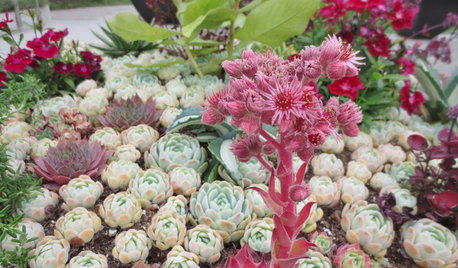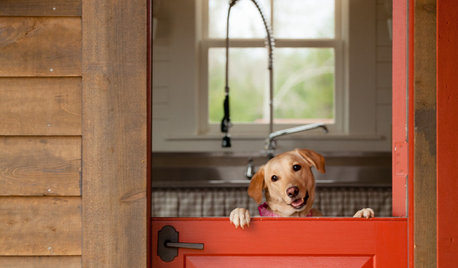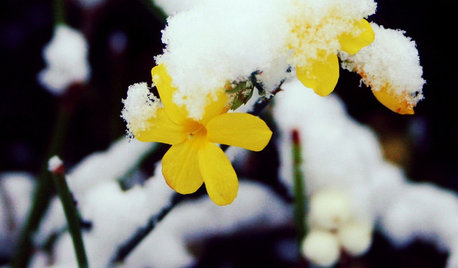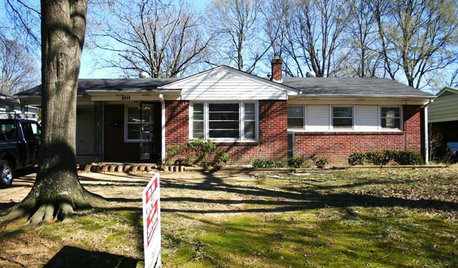Which is better vermiculite or Perlite..
sanj
17 years ago
Featured Answer
Sort by:Oldest
Comments (29)
squarefooterg
17 years agojosiwax
17 years agoRelated Professionals
Leawood Landscape Architects & Landscape Designers · Saint Louis Park Landscape Architects & Landscape Designers · Woodinville Landscape Architects & Landscape Designers · Billerica Landscape Contractors · Tempe Landscape Contractors · Concord Landscape Contractors · Cudahy Landscape Contractors · Cupertino Landscape Contractors · Fort Worth Landscape Contractors · Kaysville Landscape Contractors · Mission Viejo Landscape Contractors · Parkland Landscape Contractors · Wells Landscape Contractors · Quartz Hill Landscape Contractors · Agoura Hills Fence Contractorsclonezero
17 years agorsieminski
17 years agoDemeter
17 years agosanj
17 years agoRay Scheel
17 years agokirkpfeffer_comcast_net
12 years agodagreenmile
9 years agobtkdiva
9 years agocsh76
9 years agoRyanC95
9 years agojam2855
8 years agolast modified: 8 years agomaxjohnson
8 years agolast modified: 8 years agolgteacher
8 years agoPyewacket
8 years agojapus
8 years agoStevo Dale
7 years agojapus
7 years agoStevo Dale
7 years agokaptainkr
7 years agojapus
7 years agoPyewacket
7 years agojapus
7 years agoPyewacket
7 years agojapus
7 years agoPyewacket
7 years agoEsther Fowlkes
6 years ago
Related Stories

MATERIALSInsulation Basics: What to Know About Spray Foam
Learn what exactly spray foam is, the pros and cons of using it and why you shouldn’t mess around with installation
Full Story
REMODELING GUIDESCool Your House (and Costs) With the Right Insulation
Insulation offers one of the best paybacks on your investment in your house. Here are some types to discuss with your contractor
Full Story
FARM YOUR YARDHow to Grow Vegetables in Containers
Get glorious vegetables and fruits on your patio with a pro’s guidance — including his personal recipe for potting mix
Full Story
CONTAINER GARDENS3 Steps to Creating Quick, Easy and Colorful Succulent Containers
Take a bright container, add a colorful succulent or two and have a professional, summery design in minutes
Full Story
GARDENING GUIDESAlpine Plants: High Performers at Low Altitudes Too
So Heidi and the goats aren't your neighbors. Alpine plants can be lovely and low maintenance on difficult sites beyond the mountains
Full Story
REMODELING GUIDESThe Hidden Problems in Old Houses
Before snatching up an old home, get to know what you’re in for by understanding the potential horrors that lurk below the surface
Full Story
PETSGood Dog! Cute Pooches at Home
The dogs of Houzz take you on a tour of their homes and show you where they lounge, eat, play, bathe and nap
Full Story
FARM YOUR YARDHow to Get Good Soil for Your Edible Garden
The nutrients in your soil feed the plants that feed you. Here are tips on getting it right — just in time for planting season
Full Story
YELLOW FLOWERSGreat Design Plant: Winter Jasmine Gladdens Snowy Gardens
Sunny yellow flowers defy the frost, bringing cheer to the garden on gray days
Full Story
REMODELING GUIDES5 Ways to Protect Yourself When Buying a Fixer-Upper
Hidden hazards can derail your dream of scoring a great deal. Before you plunk down any cash, sit down with this
Full Story





RHay